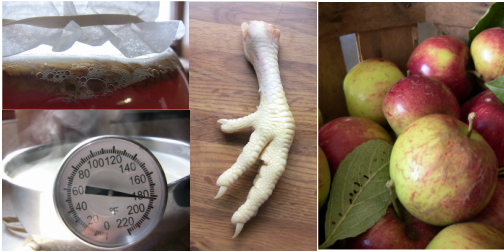Bread bowls are a fancy, creative, filling and not-so-expensive replacement for crackers. If you can make bread, you can make bread bowls. I'll let you find your favorite recipe. Personally I like to use a no-knead bread dough because artisan bread comes out so nice and crusty.
How to Make Bread Bowls
1. Shape your bread dough as if you were going to make dinner rolls, but place them 3 inches apart so that the rolls will bake separately. This will give your bowls good, hard sides. If the rolls smoosh together while they are baking, the sides won't be sturdy enough to hold soup.
One of my first mistakes was making the bowls too big. The bowl you see in the photos is far too large. The size of a normal dinner roll should be perfect.
2. Cut the very top of the roll off, as if you were about to carve a pumpkin.
1. You can save the bread bowl insides. These can be used for croutons or bread crumbs in recipes. You can also put them back into the soup, like crackers.
2. Because there are only two of us, I like to make a big batch of bread bowls and then freeze all but two. Then whenever we have soup, I pull out two of the bowls and we eat them little by little that way.
Til next time,
-Bethany

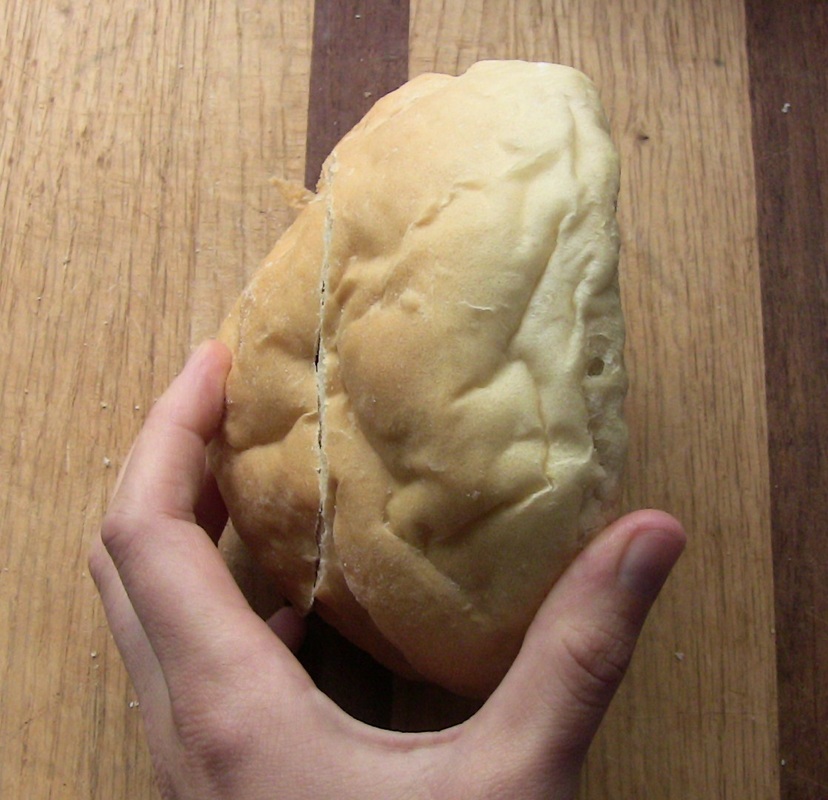
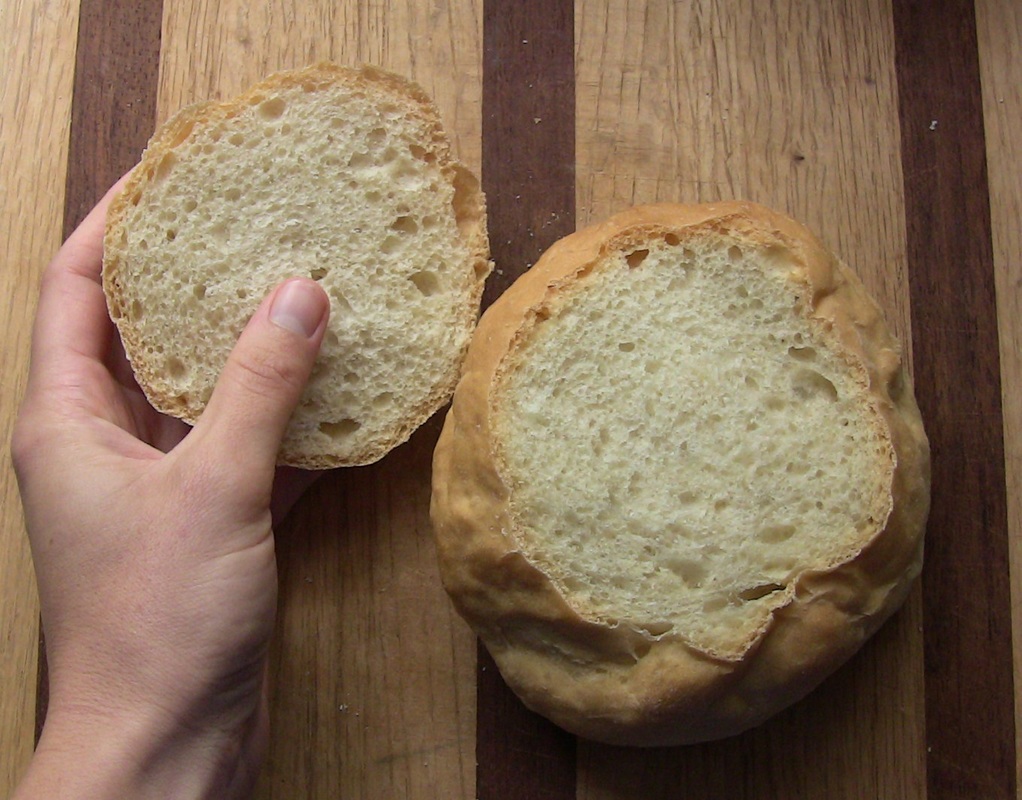
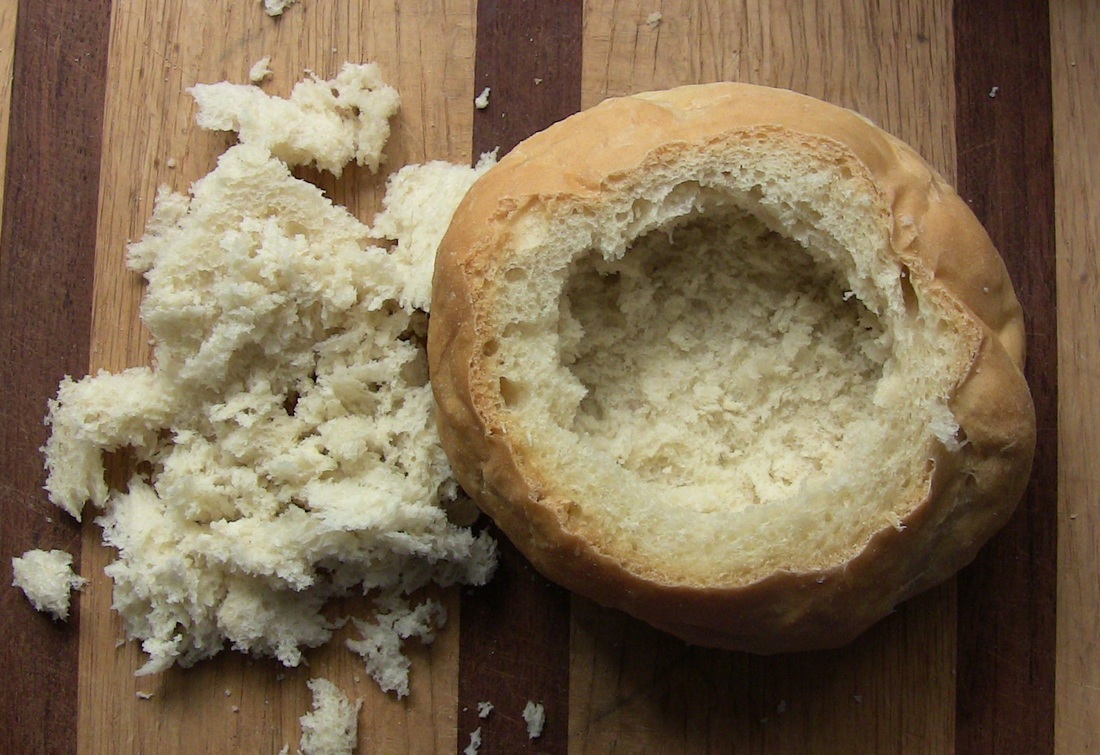
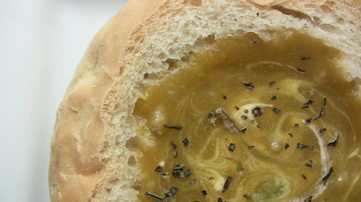
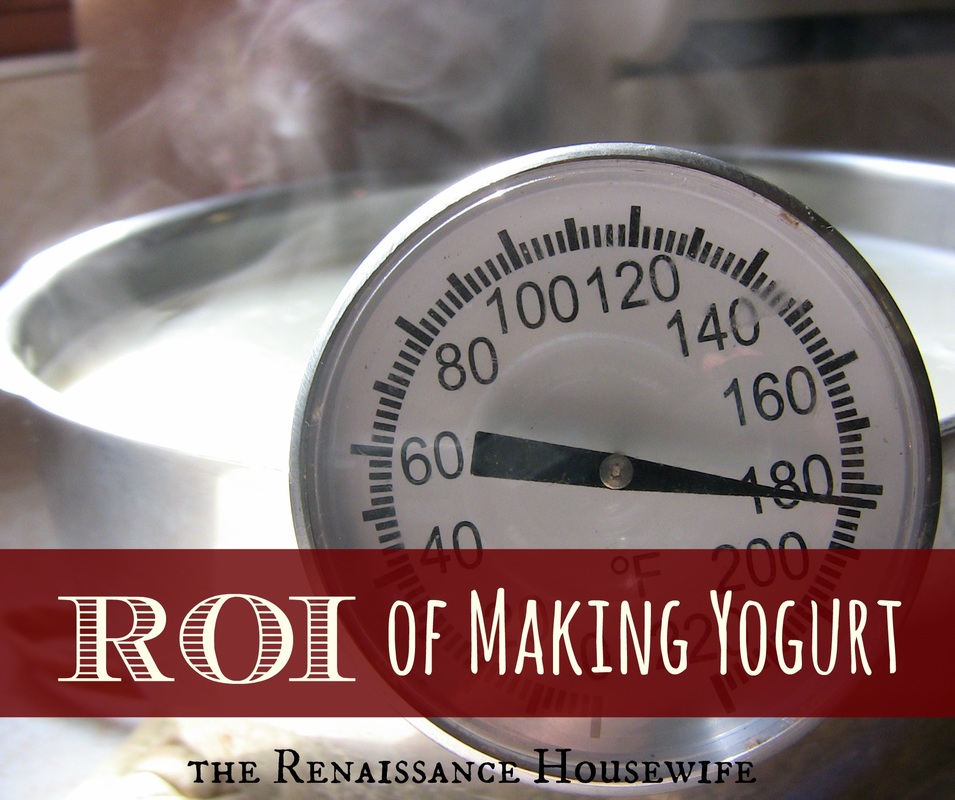
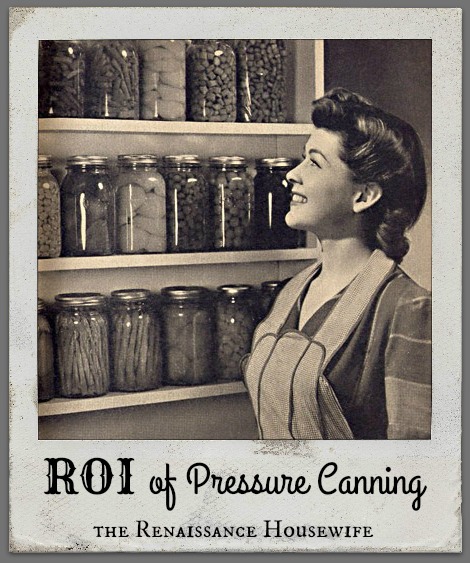
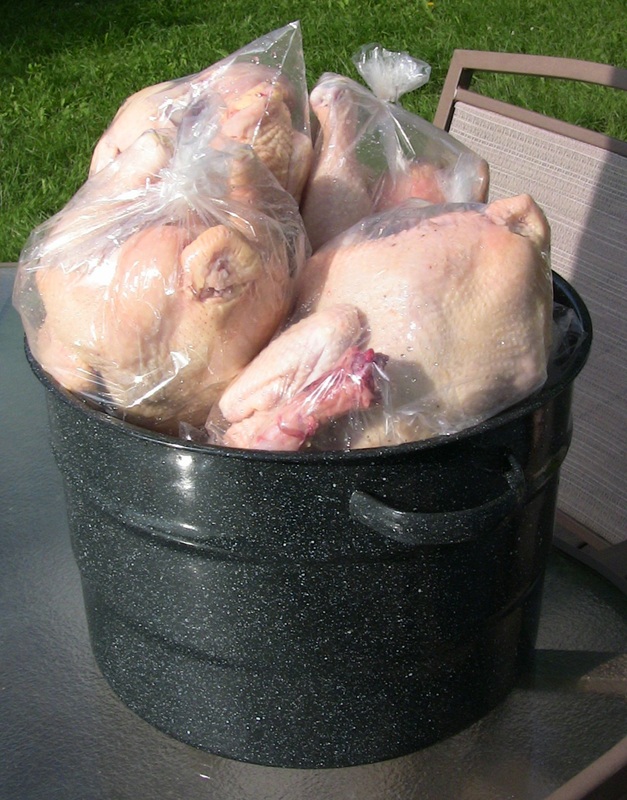
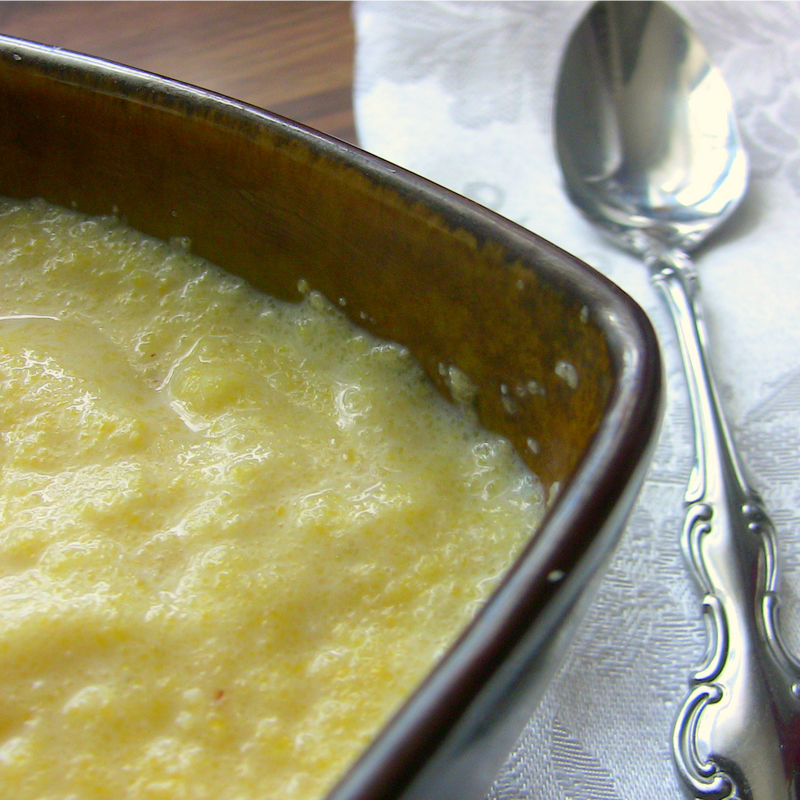
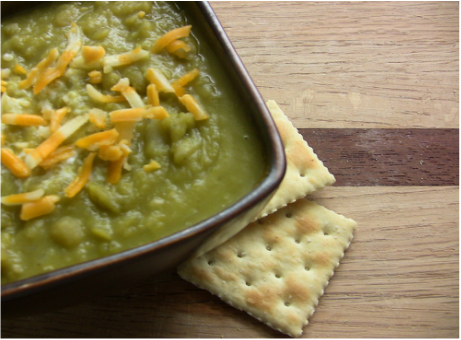
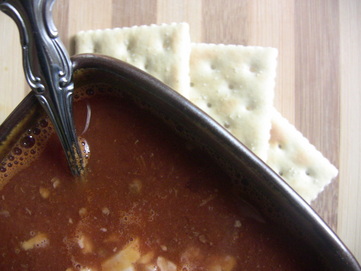
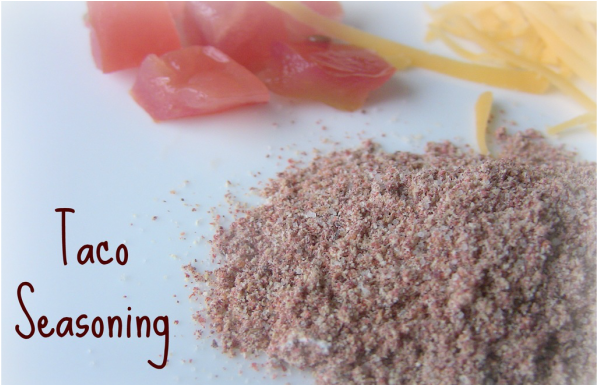
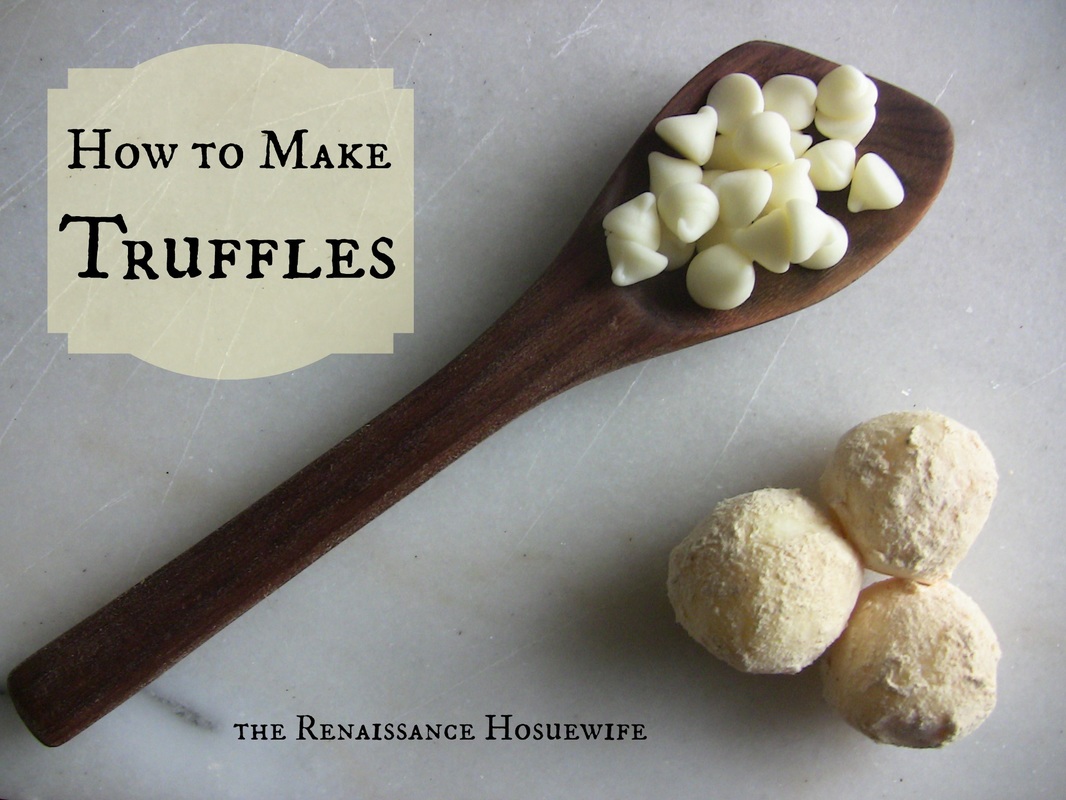
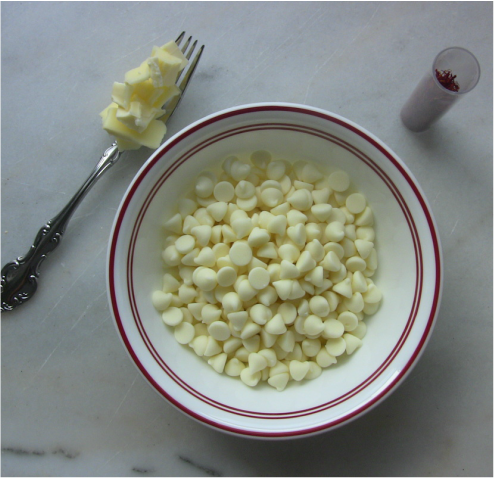
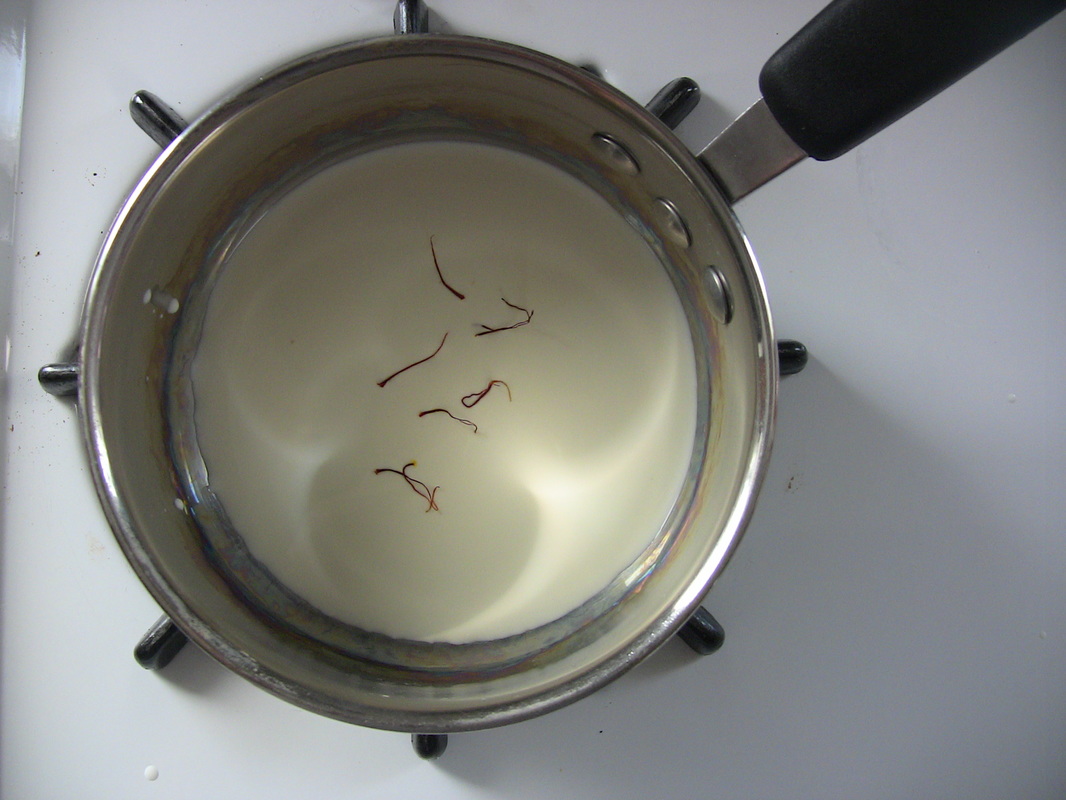
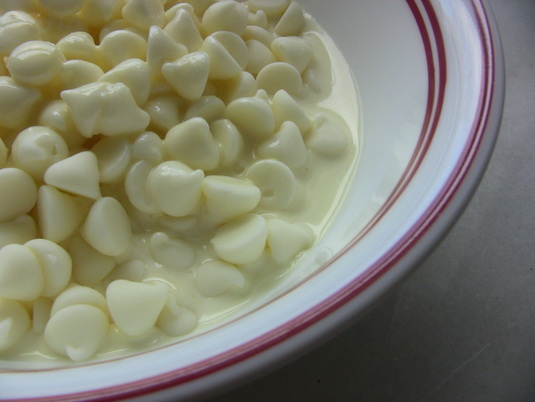
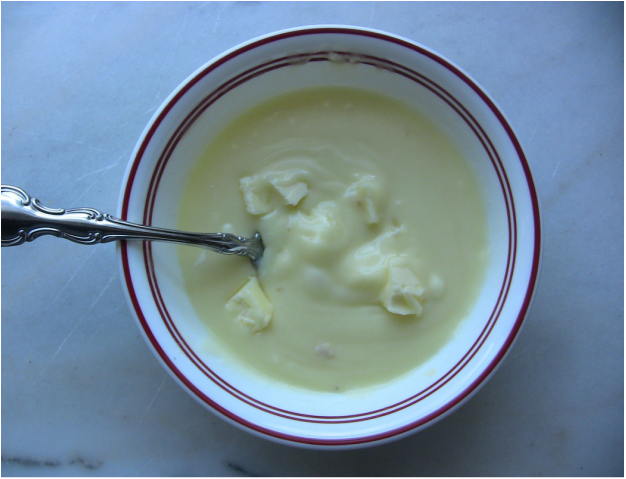
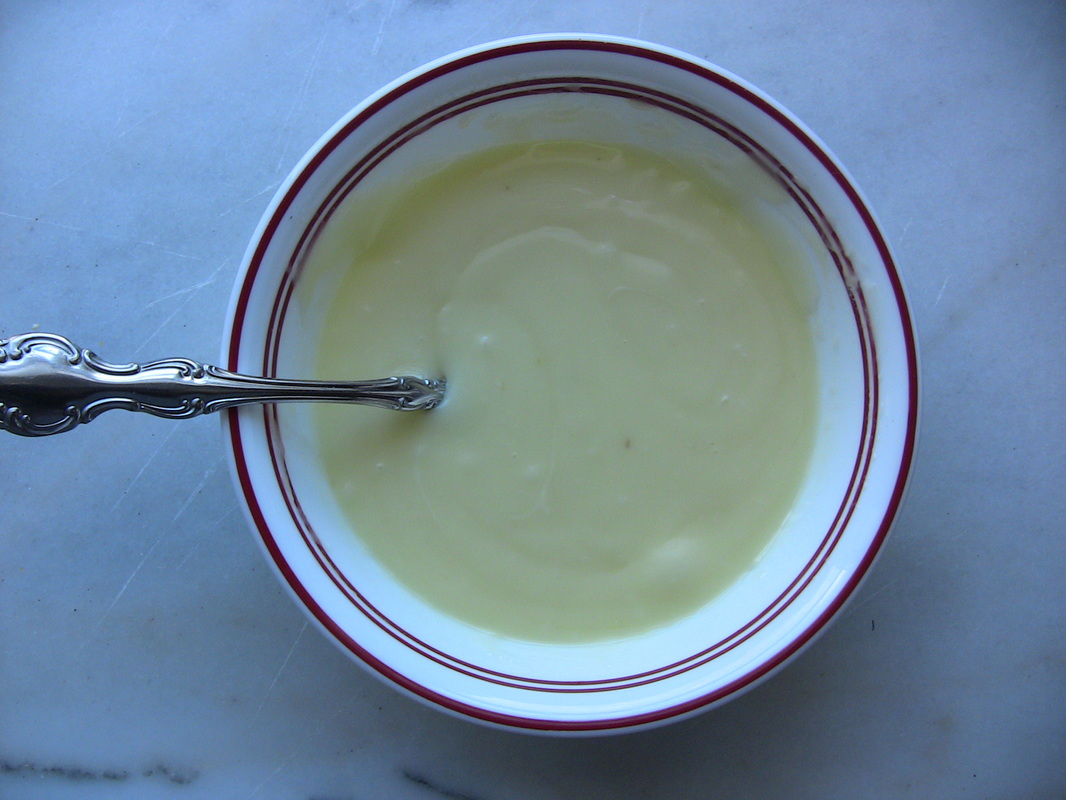
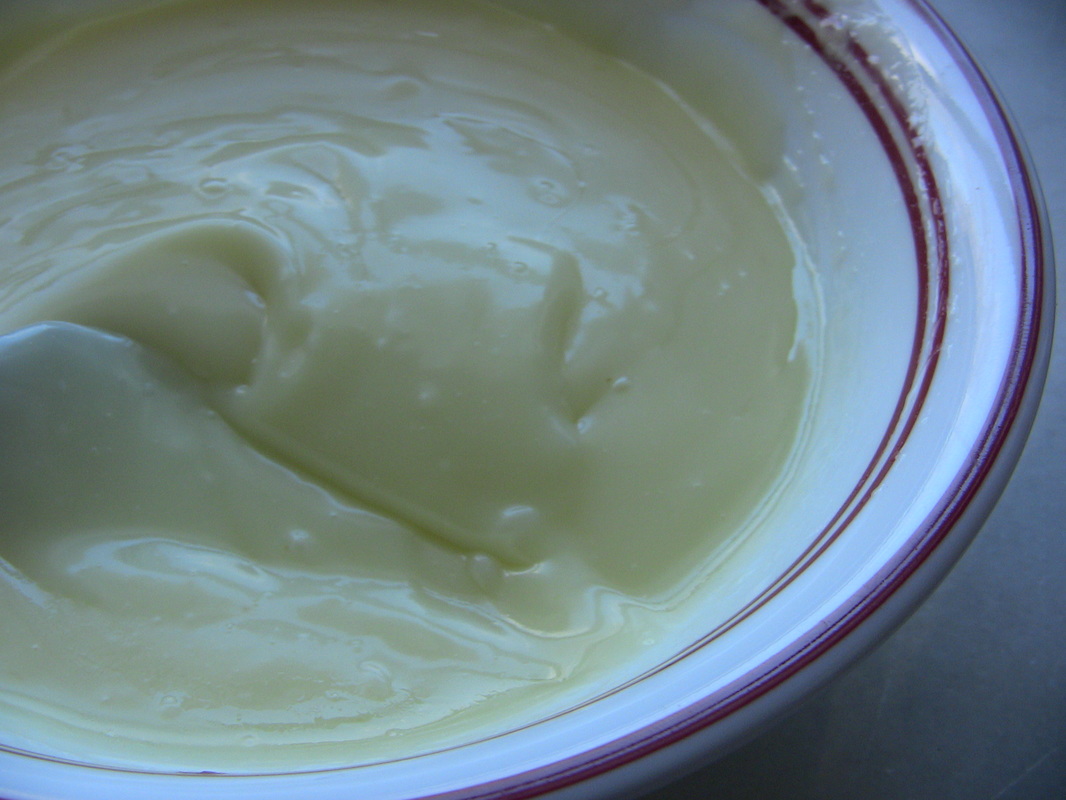
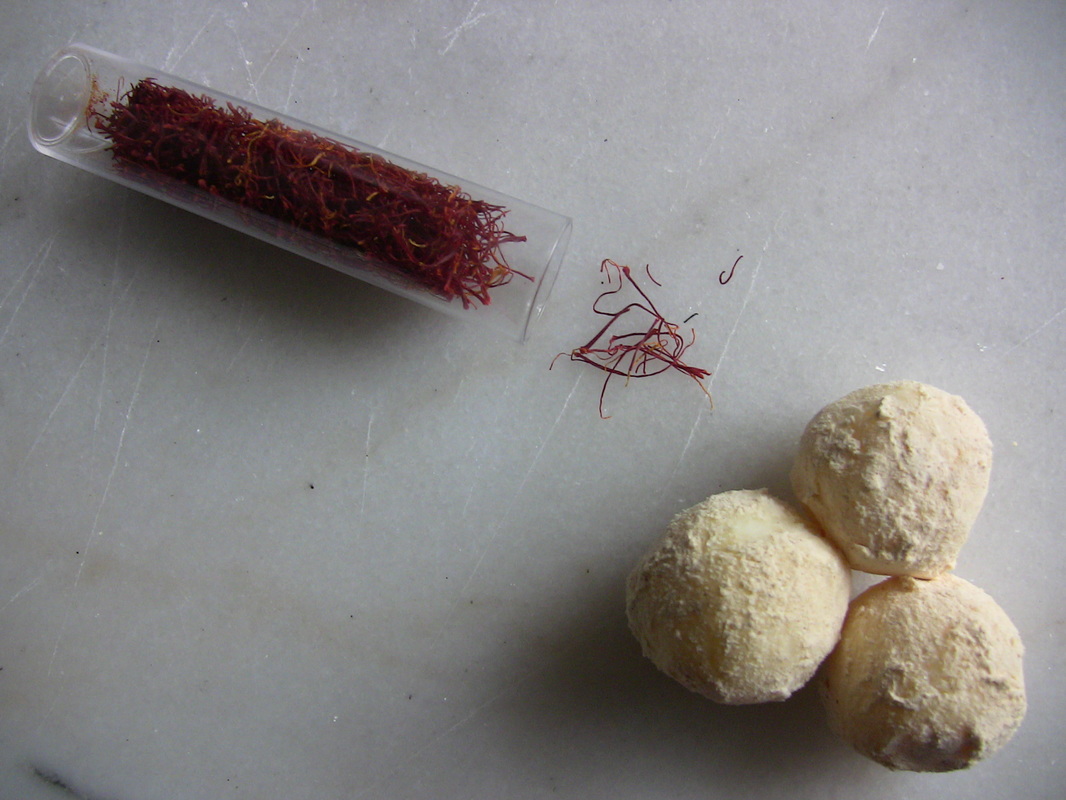
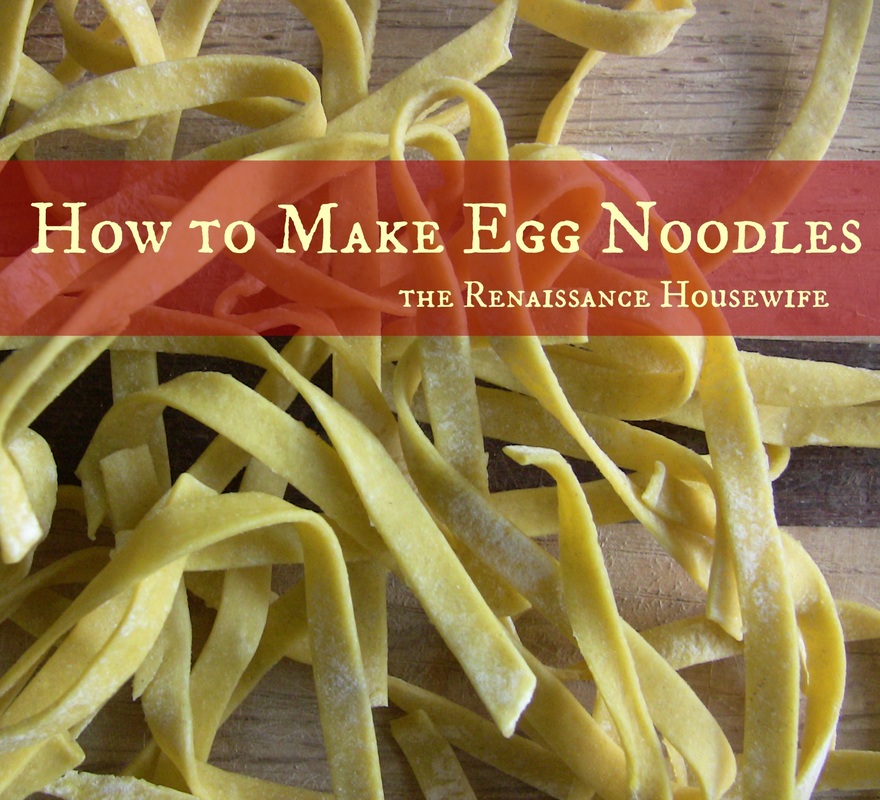
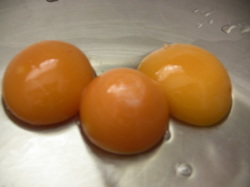
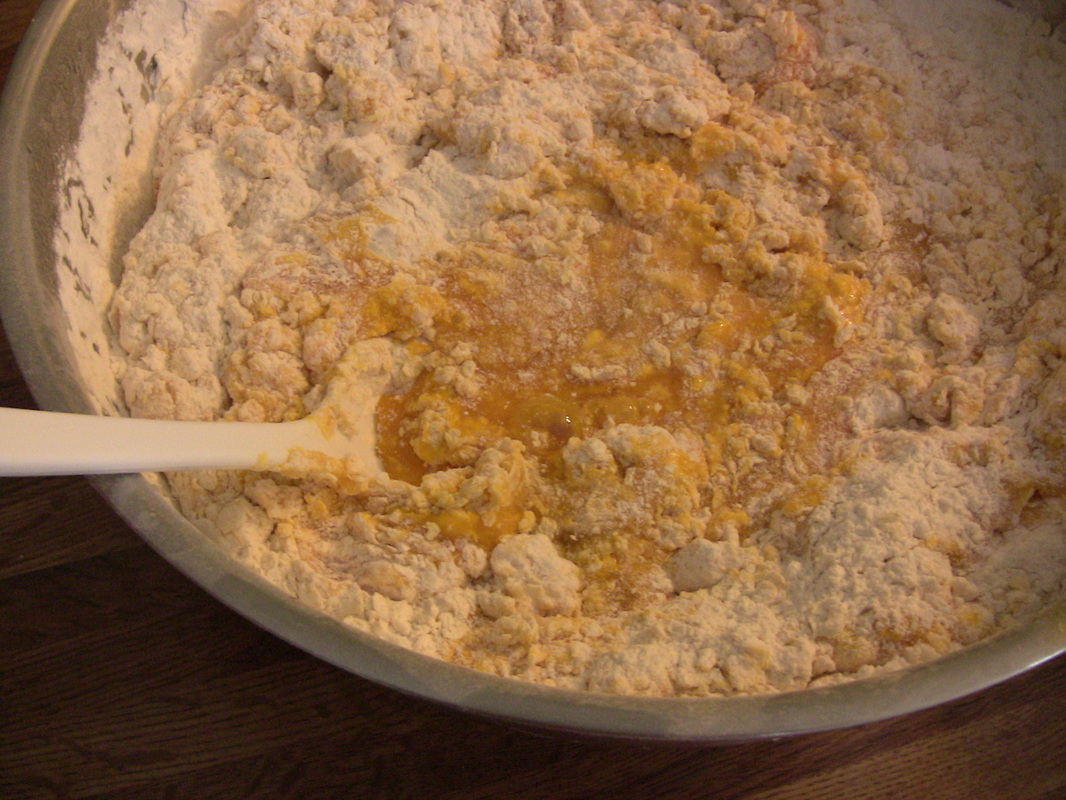
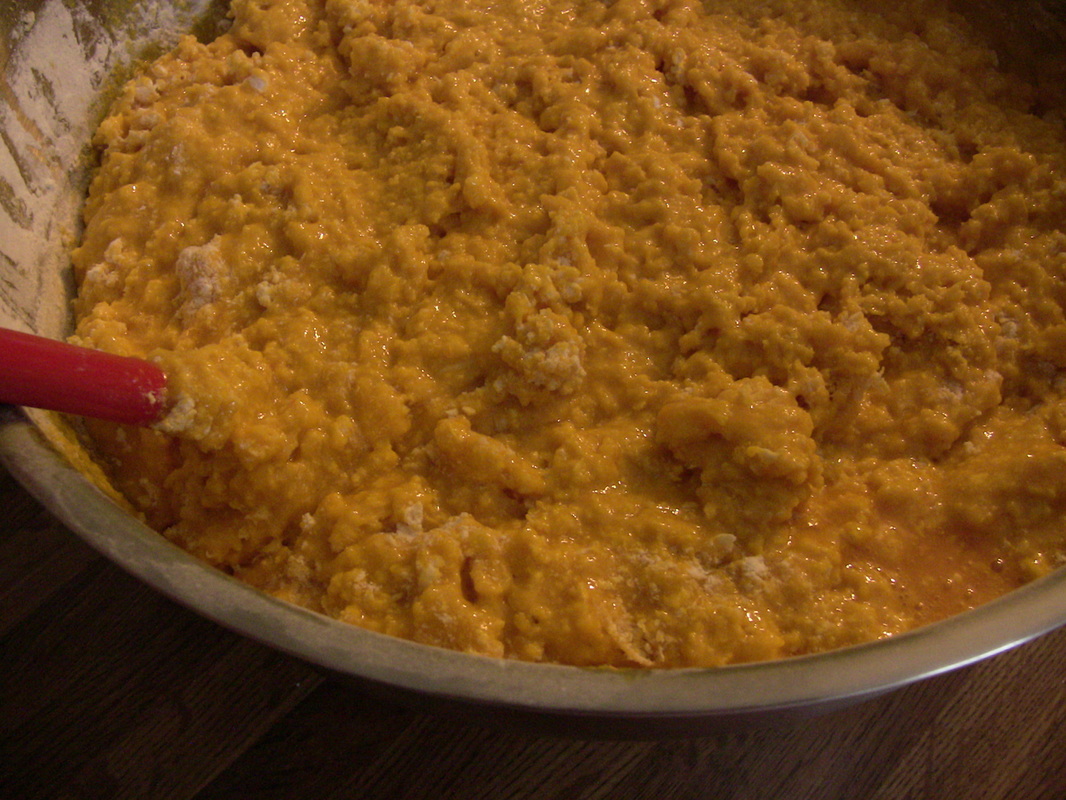

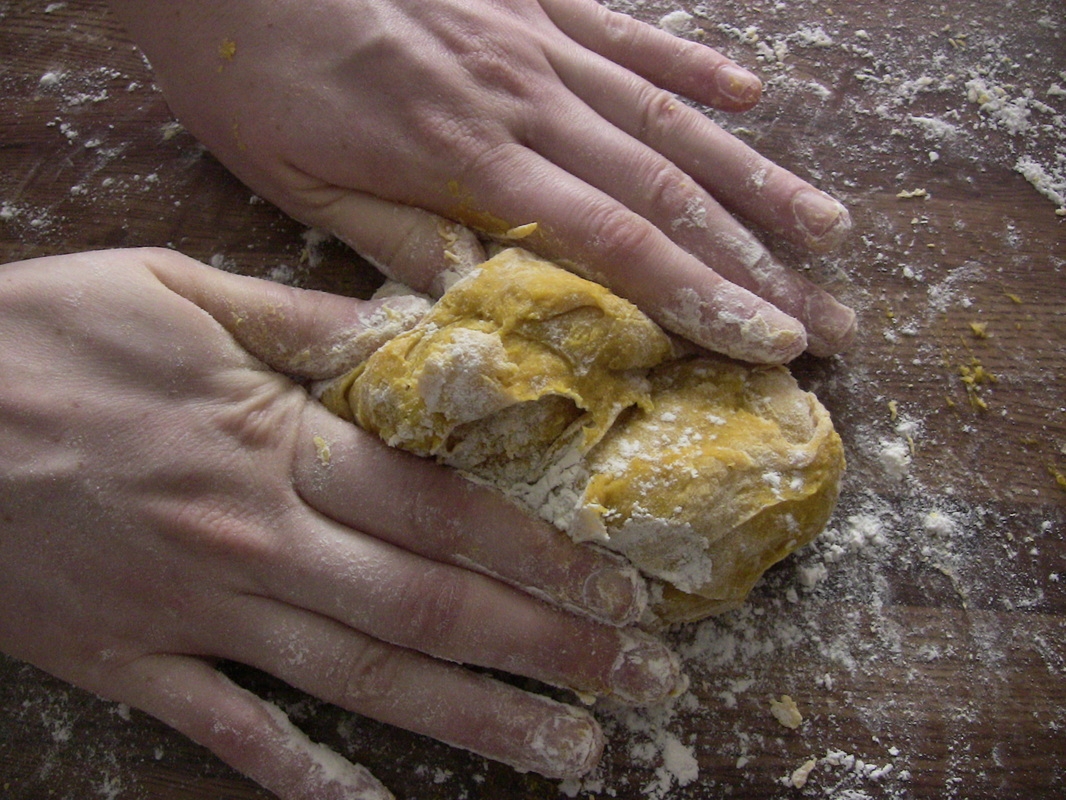
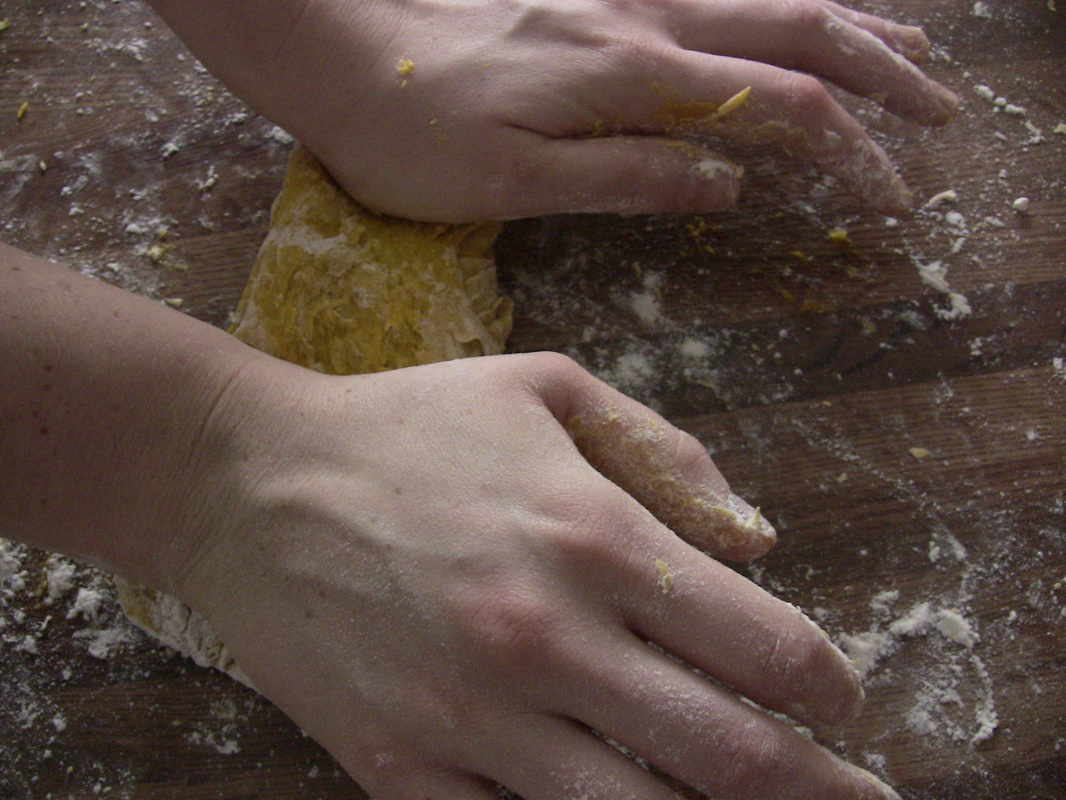
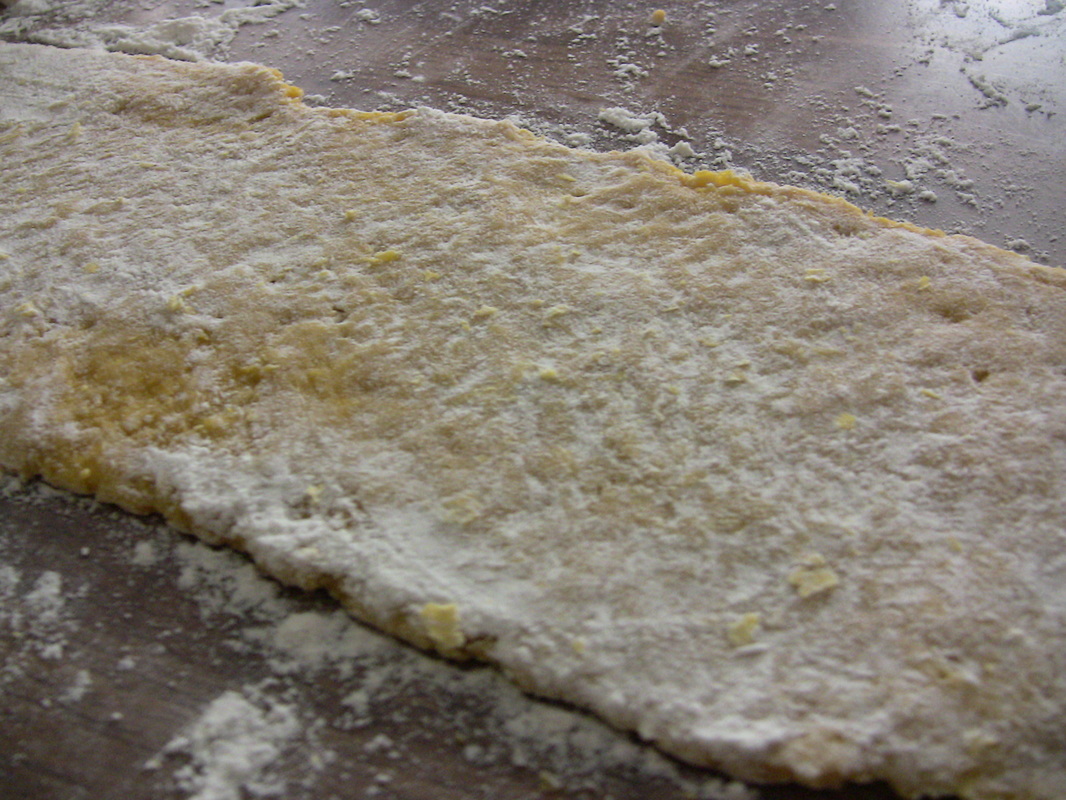
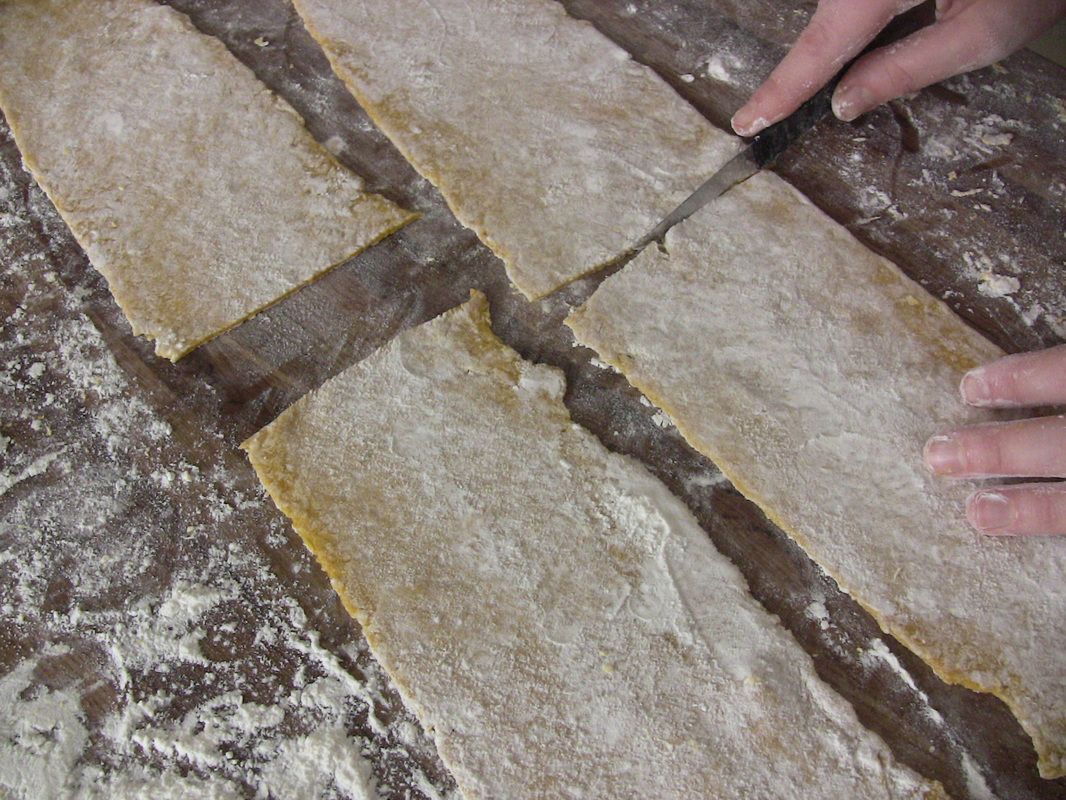
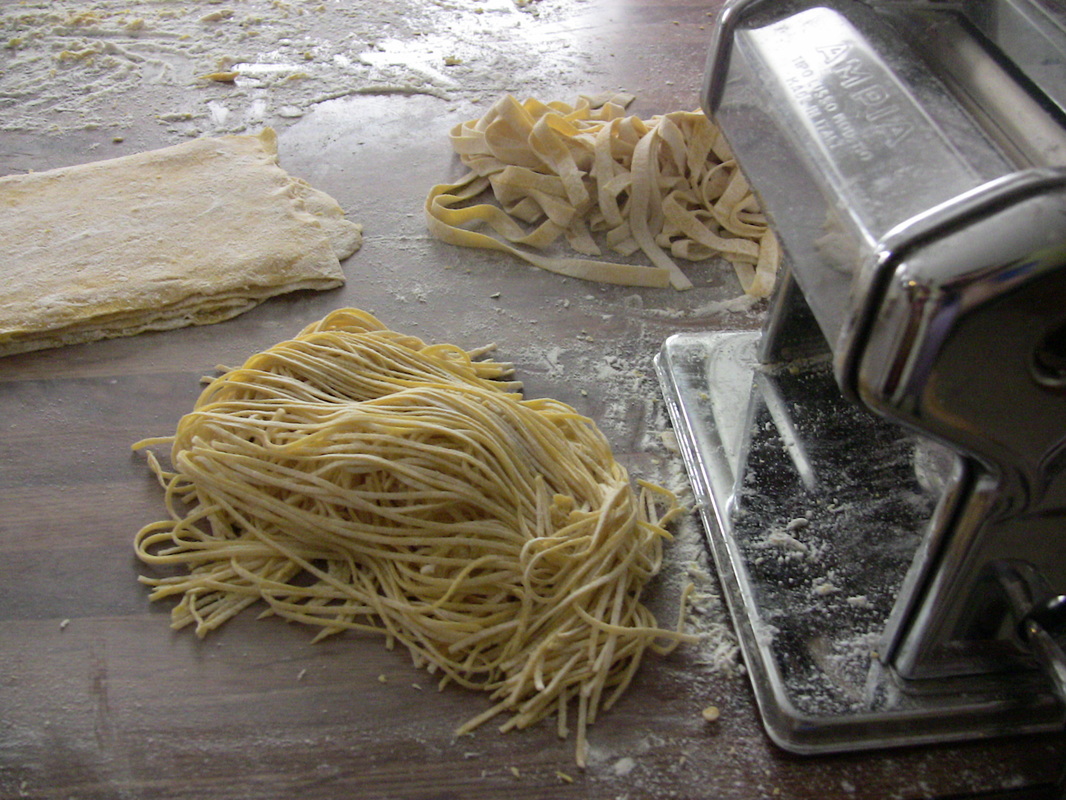
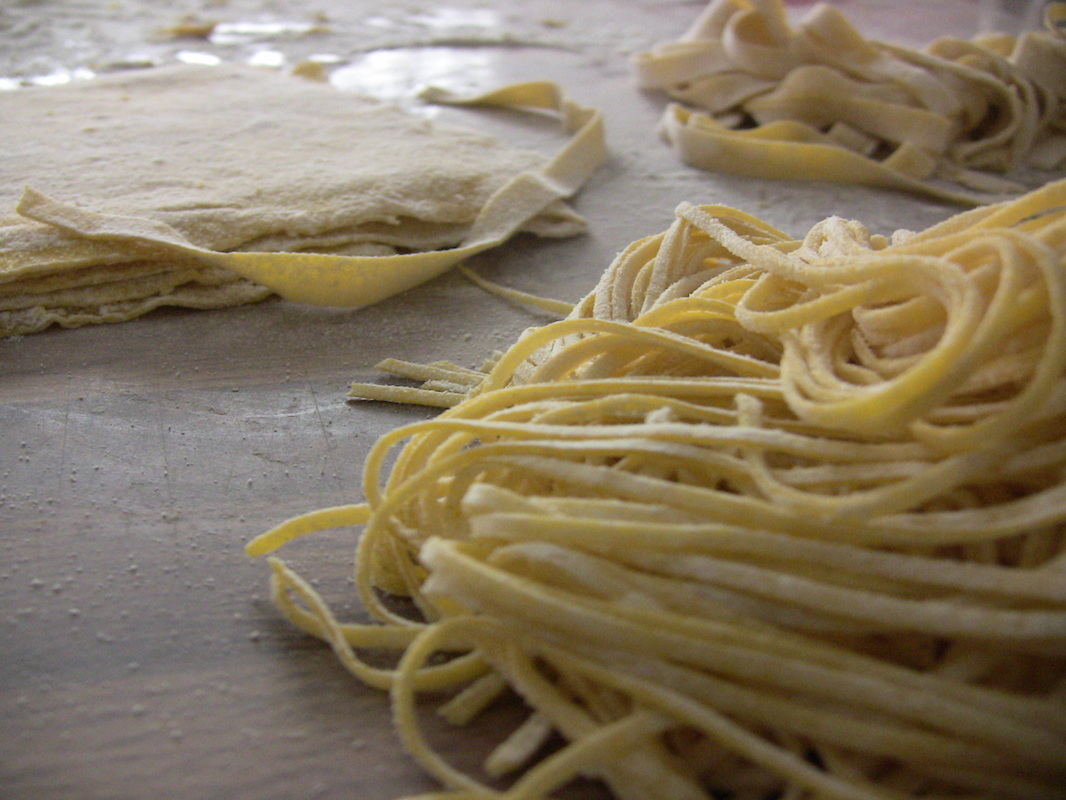

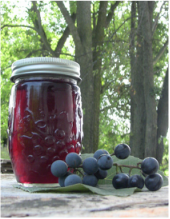
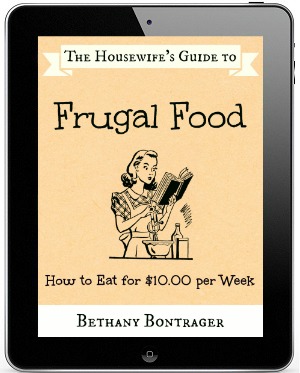

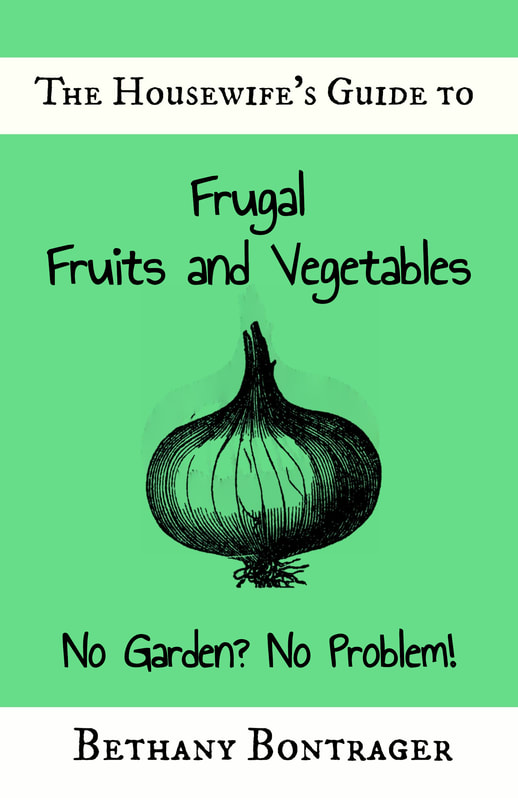
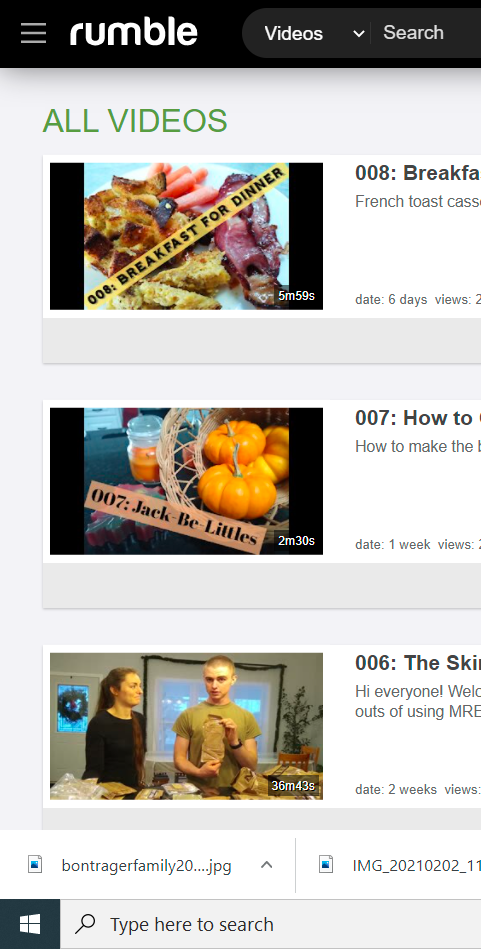
 RSS Feed
RSS Feed

